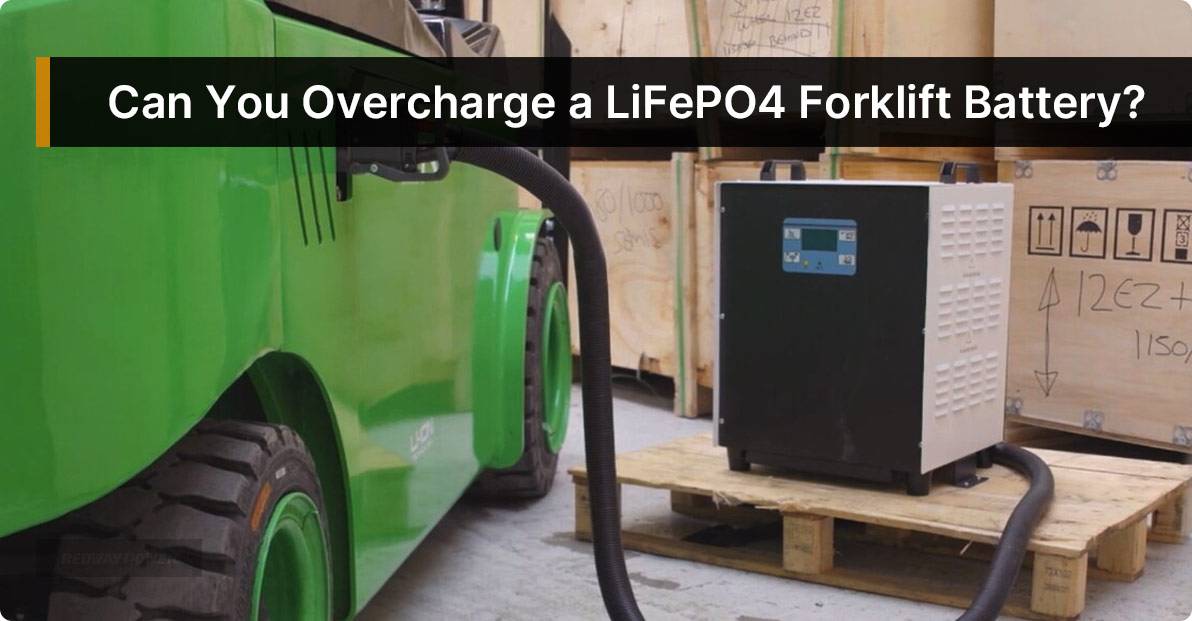- Rack-mounted Lithium Battery
- Golf Cart Lithium Battery
-
Golf Cart Lithium Battery
- 36V 50Ah (for Golf Carts)
- 36V 80Ah (for Golf Carts)
- 36V 100Ah (for Golf Carts)
- 48V 50Ah (for Golf Carts)
- 48V 100Ah (Discharge 100A for Golf Carts)
- 48V 100Ah (Discharge 150A for Golf Carts)
- 48V 100Ah (Discharge 200A for Golf Carts)
- 48V 120Ah (for Golf Carts)
- 48V 150Ah (for Golf Carts)
- 48V 160Ah (Discharge 100A for Golf Carts)
- 48V 160Ah (Discharge 160A for Golf Carts)
-
Golf Cart Lithium Battery
- Forklift Lithium Battery
- 12V Lithium Battery
- 24V Lithium Battery
- 36V Lithium Battery
- 48V Lithium Battery
-
48V LiFePO4 Battery
- 48V 50Ah
- 48V 50Ah (for Golf Carts)
- 48V 60Ah (8D)
- 48V 100Ah (8D)
- 48V 100Ah
- 48V 100Ah (Discharge 100A for Golf Carts)
- 48V 100Ah (Discharge 150A for Golf Carts)
- 48V 100Ah (Discharge 200A for Golf Carts)
- 48V 150Ah (for Golf Carts)
- 48V 160Ah (Discharge 100A for Golf Carts)
- 48V 160Ah (Discharge 160A for Golf Carts)
-
48V LiFePO4 Battery
- 60V Lithium Battery
-
60V LiFePO4 Battery
- 60V 20Ah
- 60V 30Ah
- 60V 50Ah
- 60V 50Ah (Small Size / Side Terminal)
- 60V 100Ah (for Electric Motocycle, Electric Scooter, LSV, AGV)
- 60V 100Ah (for Forklift, AGV, Electric Scooter, Sweeper)
- 60V 150Ah (E-Motocycle / E-Scooter / E-Tricycle / Tour LSV)
- 60V 200Ah (for Forklift, AGV, Electric Scooter, Sweeper)
-
60V LiFePO4 Battery
- 72V~96V Lithium Battery
- E-Bike Battery
- All-in-One Home-ESS
- Wall-mount Battery ESS
-
Home-ESS Lithium Battery PowerWall
- 24V 100Ah 2.4kWh PW24100-S PowerWall
- 48V 50Ah 2.4kWh PW4850-S PowerWall
- 48V 50Ah 2.56kWh PW5150-S PowerWall
- 48V 100Ah 5.12kWh PW51100-F PowerWall (IP65)
- 48V 100Ah 5.12kWh PW51100-S PowerWall
- 48V 100Ah 5.12kWh PW51100-H PowerWall
- 48V 200Ah 10kWh PW51200-H PowerWall
- 48V 300Ah 15kWh PW51300-H PowerWall
PowerWall 51.2V 100Ah LiFePO4 Lithium Battery
Highly popular in Asia and Eastern Europe.
CE Certification | Home-ESS -
Home-ESS Lithium Battery PowerWall
- Portable Power Stations
Can You Overcharge a LiFePO4 Forklift Battery?
No, you cannot overcharge a LiFePO4 forklift battery in the traditional sense, as these batteries are designed with built-in protection mechanisms. However, improper charging practices can lead to reduced lifespan and performance issues. It is essential to use compatible chargers and follow manufacturer guidelines to ensure optimal battery health.
Understanding LiFePO4 Battery Charging
LiFePO4 (Lithium Iron Phosphate) batteries are increasingly popular in industrial applications, particularly for forklifts. Their unique chemistry allows them to handle charging differently than traditional lead-acid batteries. Here are some critical aspects of charging LiFePO4 batteries:
- Built-in Protection Circuits: Most LiFePO4 batteries come equipped with Battery Management Systems (BMS) that prevent overcharging by monitoring voltage levels and disconnecting the battery from the charger when fully charged.
Protection Features Description Overvoltage Protection Disconnects charging at preset voltage levels Temperature Monitoring Prevents charging if temperatures exceed safe limits Cell Balancing Ensures all cells within the battery maintain equal voltage - Optimal Charging Voltage: LiFePO4 batteries typically require a charging voltage of around 3.6 to 3.65 volts per cell. Exceeding this voltage can lead to performance degradation over time.
- Charging Current: The recommended charging current for LiFePO4 batteries is usually between 0.5C to 1C, where “C” represents the capacity of the battery in amp-hours. Higher currents can cause heating and reduce battery life.
Charging Current Guidelines Recommended: 0.5C – 1C Maximum: 1C (depending on design) - Charger Compatibility: Using a charger specifically designed for LiFePO4 batteries is crucial. These chargers will feature appropriate voltage and current settings that align with the battery’s specifications.
Latest News
- Recent advancements in lithium battery technology have improved the efficiency and safety of LiFePO4 batteries, minimizing risks associated with overcharging.
- New smart chargers are being developed that can communicate with the battery management systems, providing real-time data on charging status and health.
- Regulatory bodies are increasingly promoting the use of lithium-based batteries in industrial applications due to their environmental benefits compared to traditional lead-acid options.

Redway Expert Comment
“At Redway Power, we understand that while LiFePO4 batteries are designed to prevent overcharging, proper charging practices remain essential for maximizing performance and lifespan. Our commitment to quality ensures that our customers receive not only top-tier products but also guidance on best practices for battery maintenance and operation.”
Best Practices for Charging LiFePO4 Batteries
To ensure optimal performance and longevity of your LiFePO4 forklift battery, we recommend following these best practices:
- Use Compatible Chargers: Always use chargers specifically designed for LiFePO4 chemistry to avoid any risk of damage or inefficiency.
- Monitor Charging Conditions: Keep an eye on temperature and voltage during charging to ensure they remain within safe limits.
- Regular Maintenance Checks: Periodically inspect your battery management system for any signs of malfunction or wear.
- Educate Staff: Train operators on proper charging techniques and the importance of using designated equipment.
- Implement Smart Charging Solutions: Consider investing in smart chargers that provide real-time feedback on battery status and health.
Top Competitors in Forklift LiFePO4 Batteries
| Brand Name | Battery Options Available | Notable Features |
|---|---|---|
| Redway Power | Yes | Custom solutions, high cycle life |
| BYD | Yes | Integrated energy management systems |
| CAT Lift Trucks | Yes | Robust design for heavy-duty applications |
| Crown Equipment | Yes | Advanced technology for efficiency |
| Mitsubishi Forklift | Yes | Focus on sustainability and performance |
In conclusion, while you cannot technically overcharge a LiFePO4 forklift battery due to its built-in protection mechanisms, it is crucial to adhere to proper charging practices for optimal performance and longevity. By understanding how these batteries operate and implementing best practices, businesses can maximize their investment in this advanced technology.












